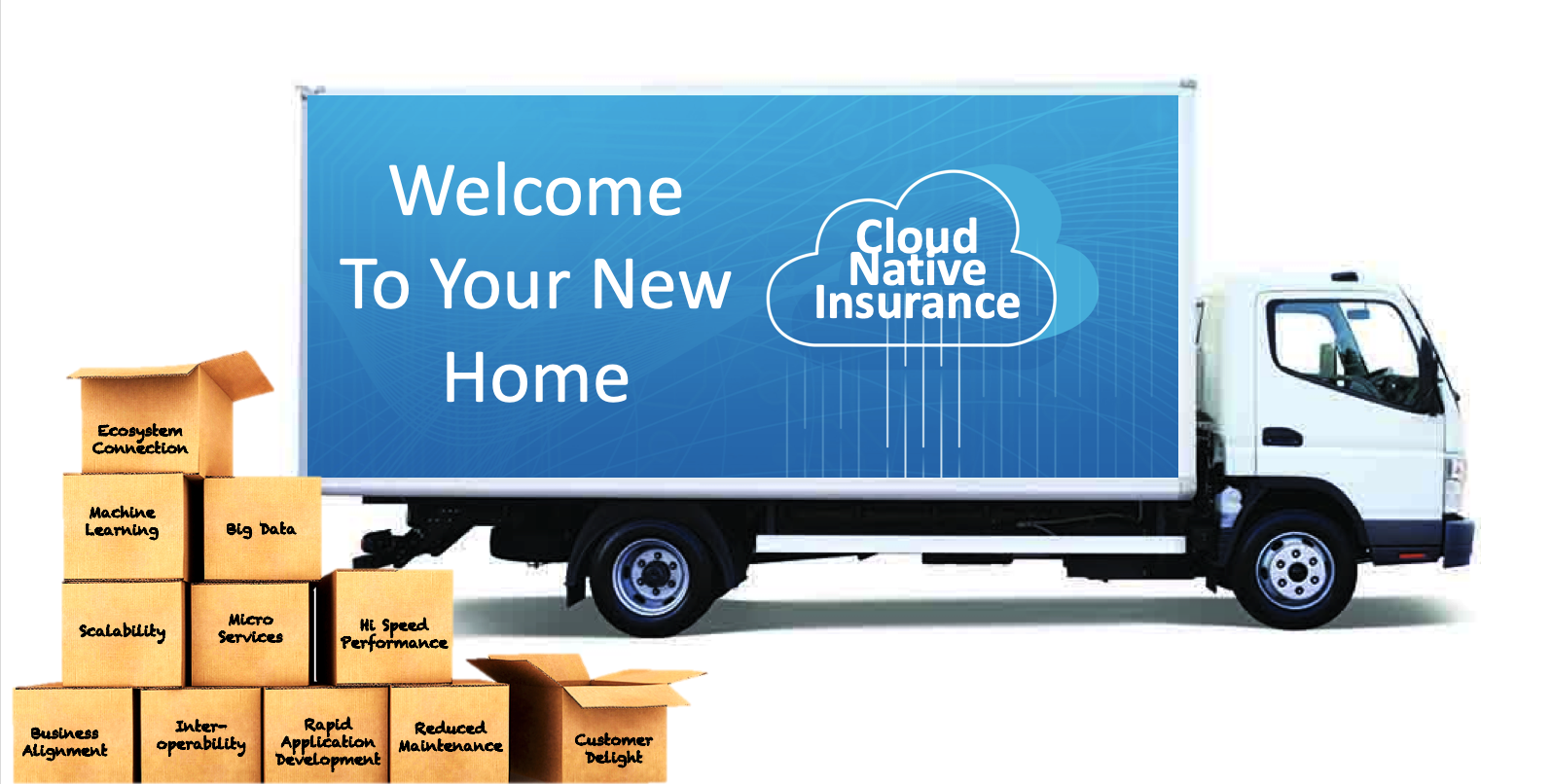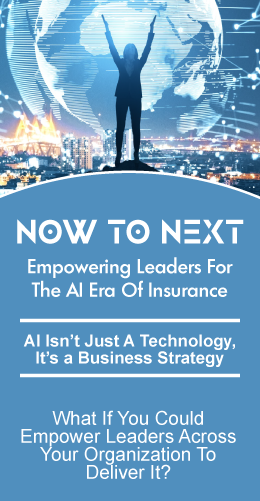
Insurers often tell me they understand how critical it is to transform their organizations to compete in the experience-driven digital economy, with its new and evolving ecosystems. What is less well-understood is the fundamental technology shift required to reach prospective customers with updated products leveraging new partners, data, and InsurTech innovation…all the while building engagement with existing customers.
Let’s look at eight essential next-gen tech you’ll require in a digital-ready insurance platform if participating in the new and emerging B2C and B2B ecosystems is your endgame.
1. Enable designing and delivering exceptional digital experiences.
Getting the right experience for the right user at the right time requires embracing customer-centric design. For example, when a customer uses a smart speaker to start searching for a home in another city, an insurer can automatically reach out – based on information in the individual’s data record – to offer relevant coverage quotes.
Such customer-centric interactions necessitate adopting a framework capable of serving up advanced digital experiences. In the home search scenario, an application programming interface (API) gateway can provide integrations between an insurer’s core systems and third-party sources to help create and deliver the coverage quote.
More broadly, persona-based design capabilities enable producing any number of web and mobile apps, or micro-apps, for everything from agent administration to self-service claims. In addition, combining the framework with a modern cloud provider nets you cloud-based AI for building myriad customer-centric capabilities, like chatbots or other types of natural language interactivity.
2. Accelerate time to value.
As consumer expectations accelerate, insurers must innovate their products and offerings rapidly. Doing so requires the delivery and experience models developed by Netflix, Amazon, Uber and others. This includes using an appropriate digital transformation platform and a DevOps IT approach that enables quickly extending the platform and delivering services to meet evolving demands.
A mature and robust DevOps approach empowers you to adopt a continuous integration and continuous delivery (CI/CD) model. Unlike the traditional “big bang” approach, CI/CD results in shorter release cycles, for faster innovation and reduced risk, with higher quality code, because development teams, test frequently and iterate continuously.
3. Design for the cloud.
Attempting to adapt legacy applications, which run on mainframes or more updated enterprise application platforms, for the cloud only creates suboptimal legacy systems in the cloud. They are not able to take advantage of all the benefits offered by the cloud..
Instead, insurers need modern enterprise applications with cloud-native architectures, using a variety of cloud-native technologies such as microservices, containers and APIs. The result is a modular, interconnected and agile system of digital capabilities, which enables IT departments to create, reconfigure or replace components as needed.
This approach permits fine-tuning systems, rather than performing forklift upgrades, because only the relevant component is updated or replaced.
4. Connect to new ecosystems.
Continuing to differentiate on price is an unsustainable race to the bottom in the digital economy. In an experience-driven market, the imperative is differentiating on service and experiences using a modern insurance platform that is capable of connecting to ecosystems that are emerging as the new commerce building blocks.
As McKinsey puts it, businesses will become more and more interdependent within and across categories, eclipsing traditional industries boundaries. Replacing them will be a set of massive, distinctive B2C and B2B ecosystems clustered around fundamental human and organizational needs. What’s more, the firm predicts 12 major ecosystems will account for $60 trillion in revenues – or roughly 30% of all global revenue – by 2025.
To stay competitive, insurers must break into the emerging ecosystem economy by rethinking their traditional roles and then developing new value-added services to generate new revenue streams. A digital insurance platform is central to this mandate.
5. Unify operations and analytics to power real-time user experiences.
Despite all the talk about real-time user engagement, most insurers lack the unified core, digital and data platform required to make it happen. In other words, as long as operational and analytics footprints remain separate, whether they’re on-premise or cloud-enabled, the consequence is data processing lags that make real-time analytics, and the resulting real-time experiences, impossible.
A digital insurance platform based on a cloud-native architecture – a fundamentally more advanced option than cloud-enabled solutions – removes bottlenecks by leveraging the cloud’s inherent connectivity and performance to produce real-time experiences at scale. Regardless of the size of data sets or the number of data pools, whether internal or external, such platforms also leverage AI and machine learning for real-time digital experience delivery.
6. Increase agility and scalability with infrastructure as code.
Rather than waiting several months for your procurement function to acquire all of the infrastructure components you need for a new initiative, and then several more weeks for your teams to assemble it, the latest cloud and cloud services stand up new development, test and deploy environments in time measured in minutes and hours. Further, it’s done with robust tooling and automation, which eliminates manual effort.
As a result, your IT staff morphs from so-so infrastructure builders into skilled configuration managers. This enables your highly-trained human capital to make valuable business-oriented contributions, such as taking advantage of data innovations, setting up new business rules, developing new products or launching new channels for rapidly addressing emerging user experience demands.
7. Meet security and business continuity requirements.
As security threats become increasingly sophisticated and data privacy regulations more stringent, most insurers are forced to address the added burdens by shifting resources toward security responses and away from developing exceptional digital experiences.
Modern cloud providers upend this paradigm by embedding, and constantly enhancing, security and continuity capabilities within the environment itself. What’s more, when your cloud partner makes an enhancement for one customer, you immediately receive the benefit as well. Gone are the days of evaluating, adopting, maintaining, updating and upgrading multiple security and continuity solutions.
8. Optimize the new world of data analytics and AI.
Until now, insurers approached analytics from the premise they knew which metrics they needed and then could set up structured processes to collect and measure them.
Moving forward, business success will depend on the opposite. High-performance cloud-native platforms will blend your historical structured data with your (typically under-utilized) unstructured information, plus vast quantities and varieties of external data – including the signals from customers we discussed at the beginning of this blog – and then leverage AI-enabled analytics to show you what metrics are worth measuring.
Anthony Grosso is VP, Product Management & Industry Strategy at EIS Group.
Tony will be speaking on the panel “Core Systems for a Digital Generation of Insurance” at Insurtech Fusion 2019. Until then, Tony recommends reading “Eight ways to power your digital transformation with a next-generation insurance platform in the cloud”.







